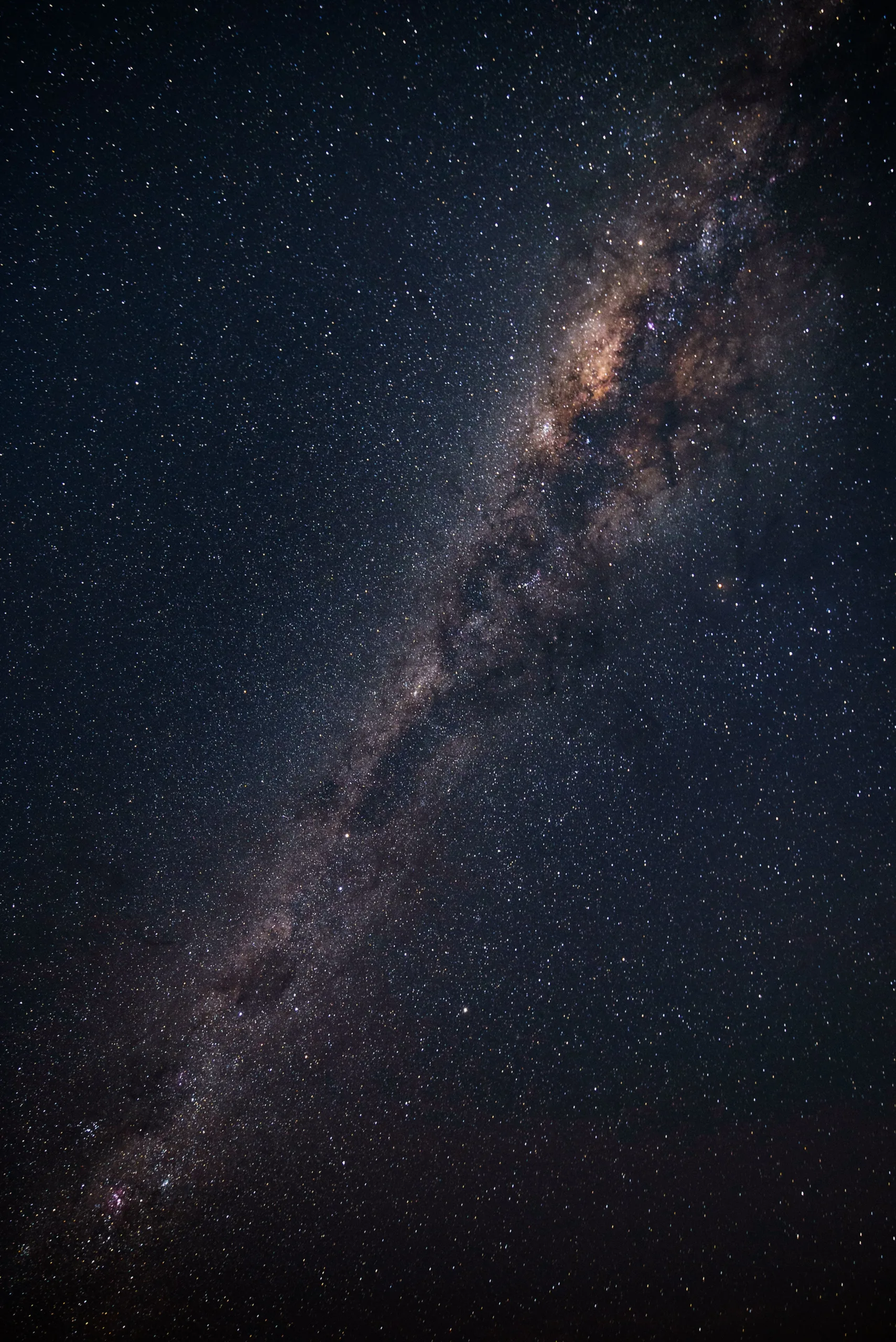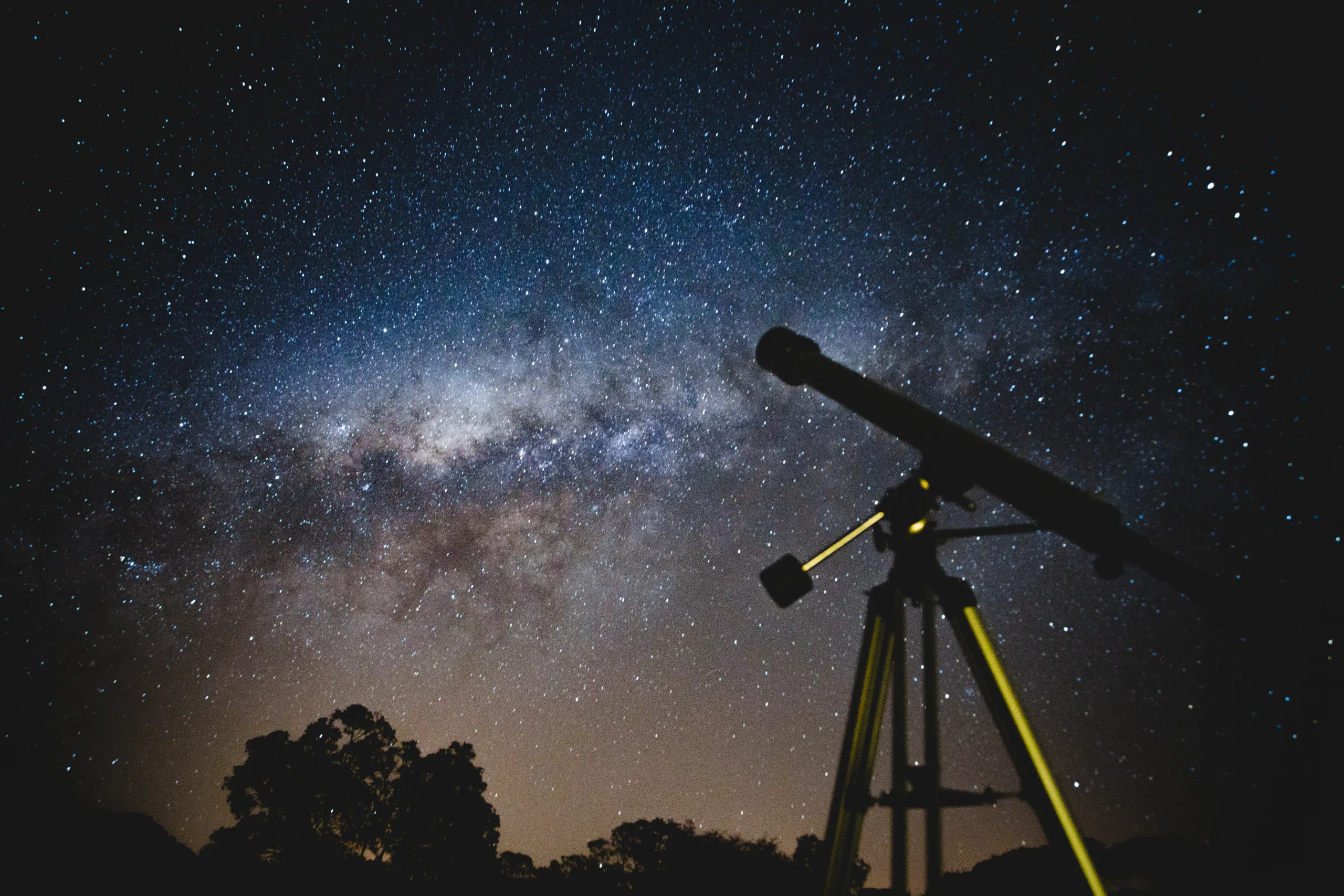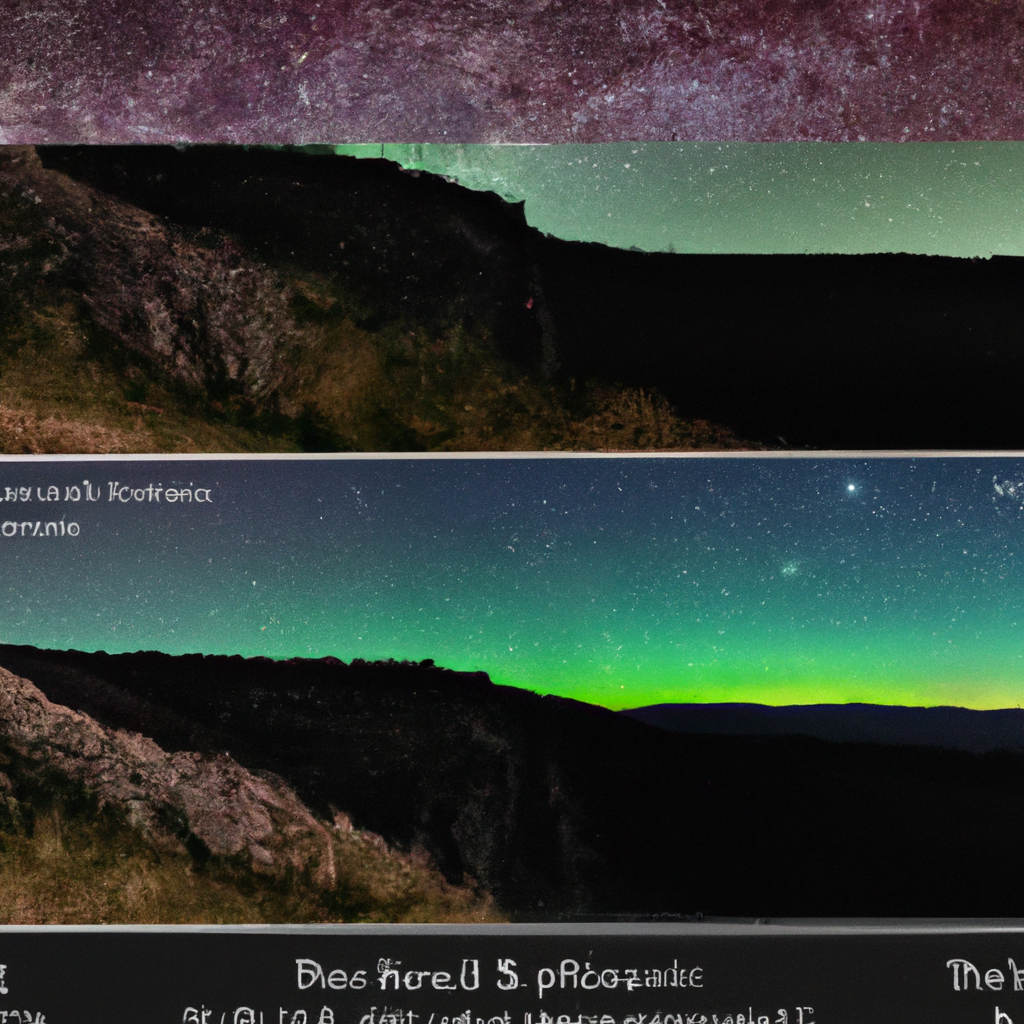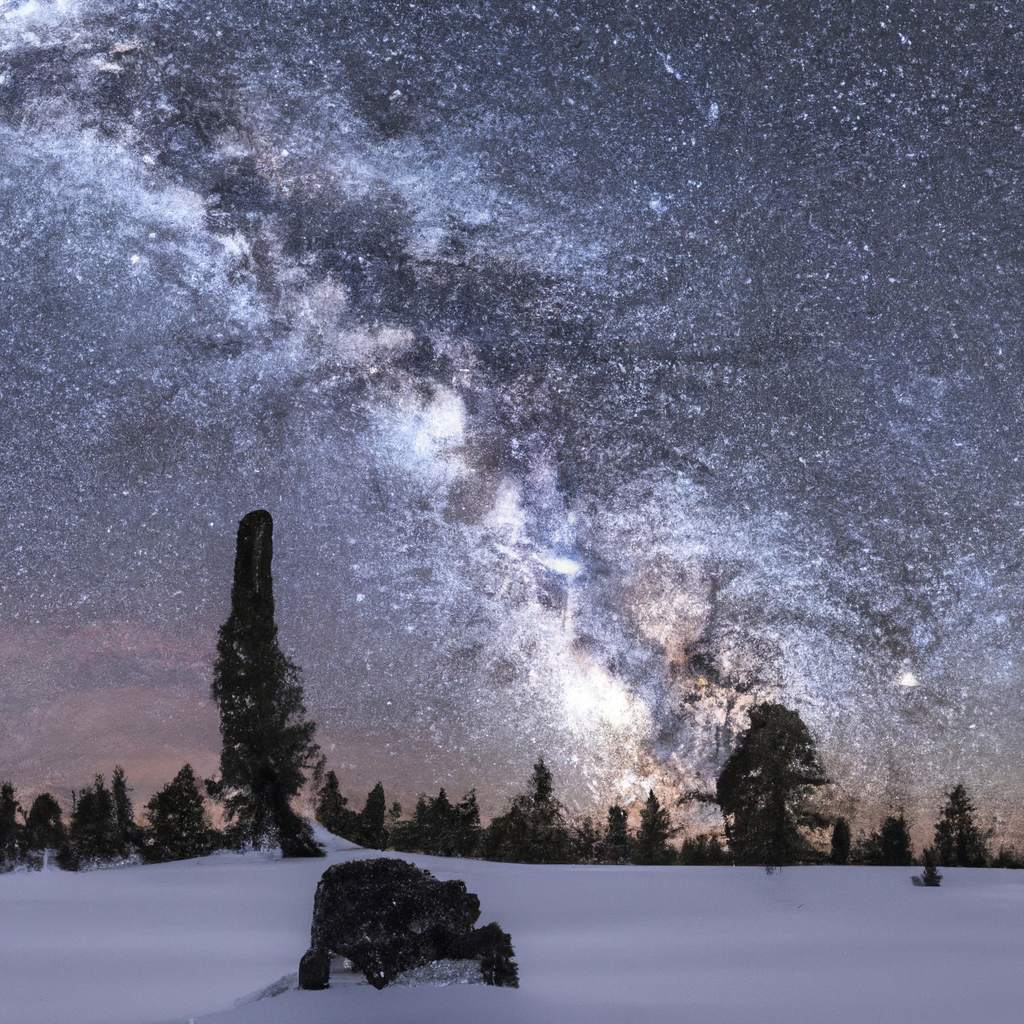If you’ve ever looked up at the night sky and wondered how to observe celestial objects near the horizon, you’re not alone. The beauty and mystery of stars, planets, and other celestial bodies can be a captivating sight, but observing them near the horizon can present unique challenges. In this article, we will explore tips and techniques to help you make the most of observing celestial objects in this fascinating part of the sky. So whether you’re an amateur astronomer or simply curious about the wonders beyond our atmosphere, get ready to unlock the secrets of observing celestial objects near the horizon.
Table of Contents
Choosing a Location
Check light pollution levels
When observing celestial objects near the horizon, it is crucial to choose a location with low light pollution levels. Light pollution, caused by artificial lights from cities and towns, can significantly affect the visibility of celestial objects. To find out about light pollution levels in your area, there are various websites and apps that provide light pollution maps. By selecting a location away from bright city lights, you will ensure a clearer and more enjoyable stargazing experience.
Find an open space
In addition to low light pollution, finding an open space is essential for observing celestial objects near the horizon. Trees, buildings, and other obstructions can obstruct your view and limit the objects you can see. Look for a location that offers a wide and unobstructed view of the horizon. Open fields, parks, beaches, or hilltops are ideal places where you can have a clear line of sight to the sky.
Consider an elevated location
Opting for an elevated location can also enhance your ability to observe celestial objects near the horizon. When you are higher up, your line of sight to the horizon expands, providing a broader view of the celestial sphere. Hills, mountains, or even rooftop terraces can offer higher vantage points and improve your overall stargazing experience. Just be sure to choose a safe and accessible elevated location for your observations.
Timing
Understand the concept of horizon
To effectively observe celestial objects near the horizon, it is essential to have a clear understanding of the concept of the horizon. The horizon is the apparent boundary where the sky meets the Earth. Objects near the horizon may appear lower in the sky and can be influenced by atmospheric conditions. Being aware of the horizon’s position and how it aligns with celestial objects will help you locate and track them accurately.
Find the best time to observe
Choosing the right time to observe celestial objects near the horizon is crucial for optimal viewing conditions. Generally, objects near the horizon can be observed during sunset or sunrise when they are closer to the horizon line. However, other factors such as the moon’s phase, the object’s altitude, and atmospheric conditions can influence visibility. Research the specific celestial object you wish to observe and determine the best time to ensure an unobstructed view.
Consider the season and weather conditions
The season and weather conditions play a significant role in observing celestial objects near the horizon. Different celestial objects are visible at various times of the year due to Earth’s tilt and the location of specific constellations. Consider the prevailing weather conditions as well, as clear skies are essential for successful observations. Planning your observation sessions during seasons with favorable weather and when your desired objects are visible will increase your chances of a memorable stargazing experience.

Equipment
Use a telescope or binoculars
To observe celestial objects near the horizon more closely, consider using a telescope or a pair of binoculars. Telescopes have the advantage of higher magnification, allowing you to see finer details on the objects you observe. Binoculars, on the other hand, offer a wider field of view, making them suitable for observing objects that cover a larger area of the sky. Experiment with different magnifications and find the right balance for your personal preferences and the specific objects you wish to observe.
Consider using a tripod or mount
When using a telescope or binoculars for observing celestial objects near the horizon, stability is crucial. Mounting your equipment on a tripod or specialized mount will minimize shaking and allow for more steady and focused observations. This stability is especially important when using higher magnification, as even the smallest hand tremors can significantly impact what you see. Investing in a quality tripod or mount will greatly enhance your observing experience.
Use a star chart or smartphone app
Navigating the night sky can be challenging, especially when trying to locate specific celestial objects near the horizon. To help in your quest, use a star chart or a smartphone app that provides real-time sky maps. Star charts display the positions of celestial objects relative to the surrounding constellations, making it easier to pinpoint their locations. Smartphone apps, equipped with GPS capabilities, can provide an interactive and intuitive sky map experience right on your mobile device. These tools will greatly assist you in finding and identifying celestial objects near the horizon.
Adjustments for Horizon Viewing
Use a low-power eyepiece
When observing celestial objects near the horizon, it is recommended to use a low-power eyepiece on your telescope. Higher magnifications can make it challenging to keep the object in view due to the Earth’s rotation. By using a low-power eyepiece, you will have a wider field of view, making it easier to track objects as they move nearer to the horizon. Additionally, a lower magnification can help compensate for any potential image distortion caused by atmospheric conditions.
Try using filters
Certain atmospheric conditions near the horizon, such as dust, haze, or pollution, can affect the clarity of the objects you observe. To mitigate these issues, consider using filters specifically designed for astronomic observations. Filters, such as those that reduce light pollution or enhance contrast, can improve the visibility of celestial objects near the horizon. Experimenting with different filters will allow you to tailor your observations to the prevailing atmospheric conditions and enhance the overall viewing experience.
Set up your equipment properly
To optimize your horizon viewing experience, it is crucial to set up your equipment properly. Ensure that your telescope or binoculars are aligned correctly and leveled to provide the best possible view. Take time to adjust and test the focus, and make any necessary fine-tuning adjustments before beginning your observation session. Properly setting up your equipment will reduce any unnecessary frustrations during your observations and allow you to fully focus on the celestial objects you are exploring.

Tips for Observing
Use a comfortable chair or blanket
Observing celestial objects near the horizon often requires patience, as some objects may take time to rise fully above the horizon. Make yourself comfortable by using a chair or a blanket to sit or lie down while you gaze at the night sky. This will minimize discomfort and strain on your neck, allowing you to relax and fully immerse yourself in the wonders of the celestial view.
Let your eyes adjust to the darkness
When observing celestial objects near the horizon, it is important to let your eyes adjust to the darkness. The human eye takes time to adapt to low-light environments, and sudden exposure to bright lights can temporarily impair your night vision. Minimize the use of any artificial lights or electronic devices and give yourself at least 15-20 minutes for your eyes to fully adjust. This will greatly enhance your ability to see fainter objects and appreciate the full beauty of the night sky.
Start with easily identifiable objects
If you are new to observing celestial objects near the horizon, start by locating and identifying easily identifiable objects, such as bright stars or prominent constellations. This will help you orient yourself and gain confidence in navigating the night sky. As you become more comfortable and familiar with the celestial landscape, you can gradually explore more challenging objects and expand your celestial repertoire.
Identifying Objects
Use a star chart or astronomy app
To identify celestial objects near the horizon, use a star chart or an astronomy app. These tools provide detailed maps of the night sky, indicating the positions of stars, constellations, and various celestial objects. By cross-referencing the information provided by the star chart or app with what you see in the sky, you can confidently identify and learn about the objects that capture your attention. Having this knowledge will deepen your understanding of the celestial world and make your observation sessions more meaningful.
Note the characteristics of the object
When observing celestial objects near the horizon, take note of their characteristics. Observe and record details such as color, brightness, shape, and any discernible features. Comparing your observations to existing knowledge or resources will help you identify the object accurately and understand its unique properties. By actively engaging with the objects you observe, you will enrich your stargazing experience and expand your knowledge of the cosmos.
Record your observations
Keeping a record of your observations is not only an enjoyable practice but also a valuable tool for tracking your progress and discoveries. You can use a notebook, a smartphone app, or a dedicated astronomy journal to document the date, time, location, and details of the celestial objects you observe. Over time, this record will serve as a personal log, allowing you to reflect on your experiences and build a valuable collection of observations.

Dealing with Atmospheric Conditions
Understand and account for atmospheric refraction
When observing celestial objects near the horizon, it is important to consider the effects of atmospheric refraction. Refraction is a phenomenon through which light bends as it passes through the Earth’s atmosphere. Objects near the horizon can appear distorted or shimmer due to this bending effect. Familiarize yourself with how atmospheric refraction can affect your observations and mentally adjust for any apparent shifts or distortions to ensure accurate interpretation.
Look for stable air conditions
Stable air conditions greatly enhance the clarity and sharpness of celestial objects near the horizon. On certain nights, you may notice that the sky appears steadier and objects appear sharper. These nights, often characterized by calm winds and low atmospheric turbulence, are ideal for observing celestial objects at the horizon. Keep an eye on weather forecasts and choose nights with stable air conditions to maximize your chances of clear and crisp views of the cosmic playground.
Consider using special filters
To counteract the effects of atmospheric conditions when observing celestial objects near the horizon, consider using specialized filters. Filters designed for astronomical observations help improve image contrast, reduce glare, and improve visibility in challenging situations. Different filters can enhance specific features or mitigate the impact of certain atmospheric conditions. Experimenting with various filters will allow you to tailor your observations to prevailing conditions and extract the most detail from objects near the horizon.
Photographing Celestial Objects Near the Horizon
Use a DSLR camera with a prime lens
Photographing celestial objects near the horizon requires specific camera equipment. For optimal results, use a DSLR camera with interchangeable lenses. A prime lens, which has a fixed focal length, is more suitable for astrophotography as it generally offers wider apertures and better image quality than zoom lenses. The wide aperture allows more light to reach the camera’s sensor, which is crucial for capturing faint objects in low-light conditions. Pairing a prime lens with a DSLR camera will provide the versatility and image quality needed for successful horizon astrophotography.
Adjust camera settings for low light
When photographing celestial objects near the horizon, it is essential to adjust your camera settings for low-light conditions. Start by using manual mode, as this provides the most control over your camera’s settings. Set the ISO to a high value (usually between 800 and 3200) to make the camera’s sensor more sensitive to light. Use a wide aperture (low f-number) to maximize light-gathering capabilities. Experiment with different shutter speeds to find the right balance between capturing enough light and avoiding motion blur. It may be necessary to utilize longer exposures to capture enough detail, so using a tripod or other stabilization methods will help minimize camera shake.
Practice long exposure techniques
Long exposure techniques are commonly used in astrophotography to capture the beauty of celestial objects near the horizon. By using longer exposure times, you can capture more light and reveal finer details in the night sky. Engaging in long exposure photography will require patience and practice, as longer exposures can also introduce other challenges such as noise and star trailing. Experiment with different exposure times and settings to achieve the desired effects. Practice and persistence will help you develop your skills and capture stunning images of celestial objects near the horizon.

Safety Precautions
Avoid looking directly at the sun
When observing celestial objects near the horizon, it is essential to always remember the paramount rule: never look directly at the sun without proper protection. The intense brightness of the sun can cause immediate and irreversible damage to your eyes. If you wish to observe the sun, use appropriate solar filters and certified eclipse glasses to protect your eyes. These safety measures ensure you can safely appreciate the sun’s beauty while safeguarding your vision.
Use appropriate safety gear
To fully enjoy your stargazing experience near the horizon, it is important to use appropriate safety gear. Dress appropriately according to weather conditions, as observing at night can get chilly. Consider using bug spray and wearing comfortable shoes if you plan to observe from an outdoor location. Additionally, if you are in an area with wildlife or uneven terrain, bringing a flashlight or headlamp can help ensure your safety while moving around.
Be aware of your surroundings
When observing celestial objects near the horizon, it is important to be aware of your surroundings. If you are in an unfamiliar location or outdoors at night, stay alert and cautious. Avoid areas with obstacles or potential hazards, especially if visibility is limited. Be mindful of any potential uneven terrain or trip hazards. By being aware and taking necessary precautions, you can focus on your observations while ensuring your safety throughout the experience.
Resources for Further Learning
Join an astronomy club or society
To deepen your knowledge and passion for observing celestial objects near the horizon, consider joining an astronomy club or society. These organizations provide opportunities to connect with fellow enthusiasts, participate in group observations, and attend informative workshops or lectures. By engaging in a community of like-minded individuals, you can share experiences, learn from others, and have access to valuable resources that can enhance your stargazing adventures.
Attend star-gazing events or workshops
Attending star-gazing events or workshops is another fantastic way to further your knowledge and skills in observing celestial objects near the horizon. These events are often hosted by astronomy clubs, observatories, or educational institutions, offering access to advanced telescopes, expert guidance, and specialized instructions for observing specific objects. Whether it’s a public star party or a dedicated astrophotography workshop, these events provide immersive experiences that can take your stargazing to new heights.
Explore online resources and forums
The internet is a treasure trove of information when it comes to observing celestial objects near the horizon. Numerous websites, blogs, and forums offer comprehensive resources, tutorials, and discussions about stargazing techniques, equipment, and locations. Explore online astronomy communities and join relevant forums where you can ask questions, share experiences, and learn from experienced observers. Online resources provide a wealth of knowledge at your fingertips, helping you expand your understanding of the cosmos and continually improve your stargazing pursuits.
By following these guidelines and immersing yourself in the world of observing celestial objects near the horizon, you will embark on a captivating journey of discovery. The wonders of the night sky await, and as you delve into the cosmos, remember to observe safely, explore with curiosity, and always keep your eyes on the horizon.

